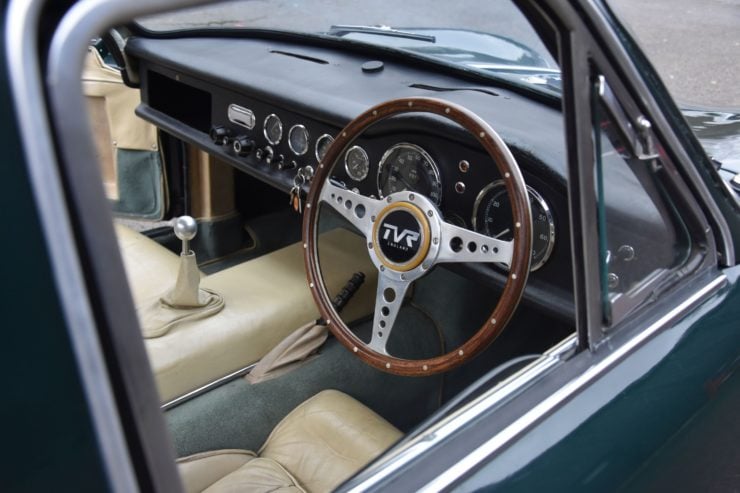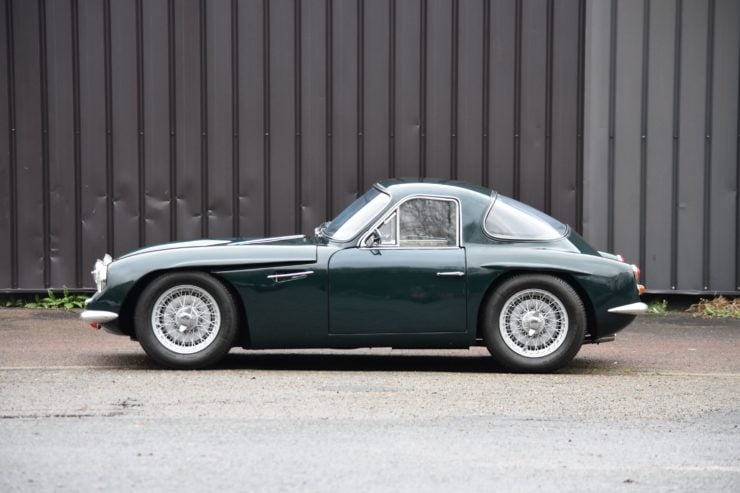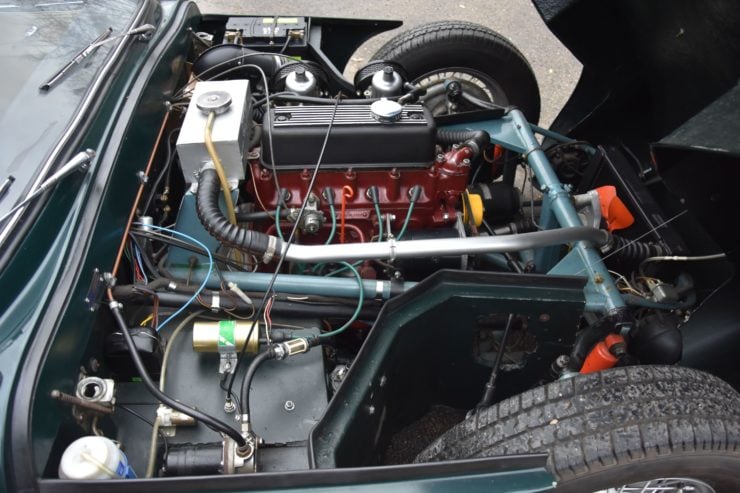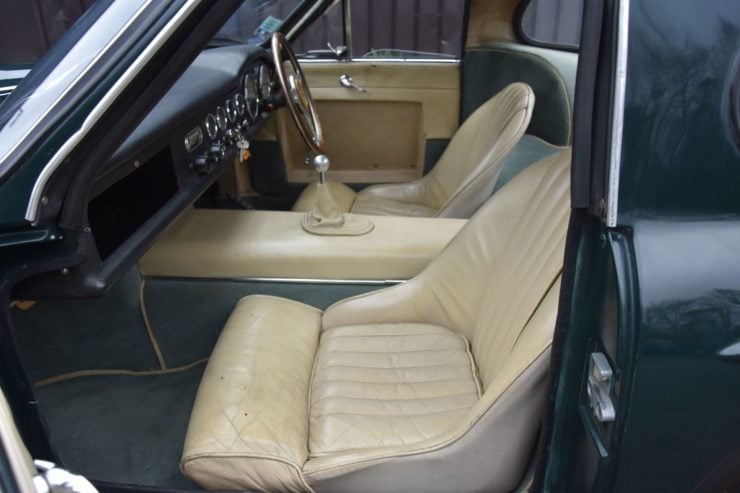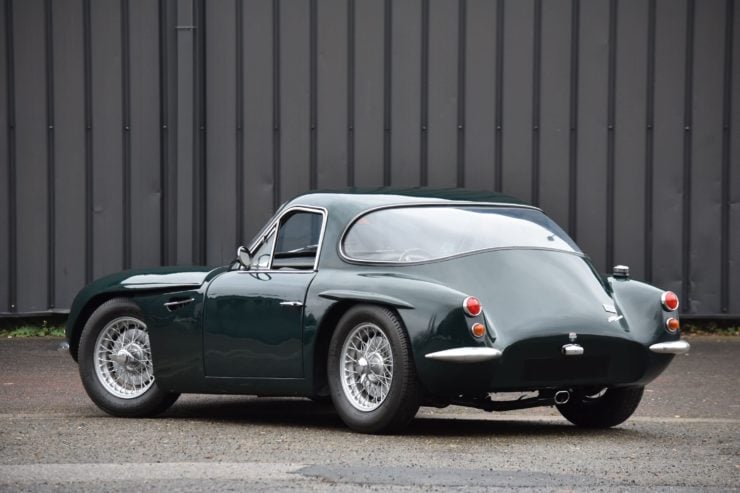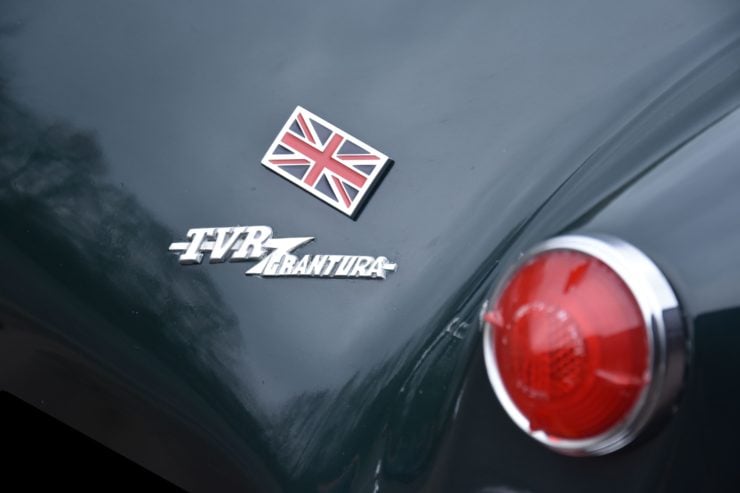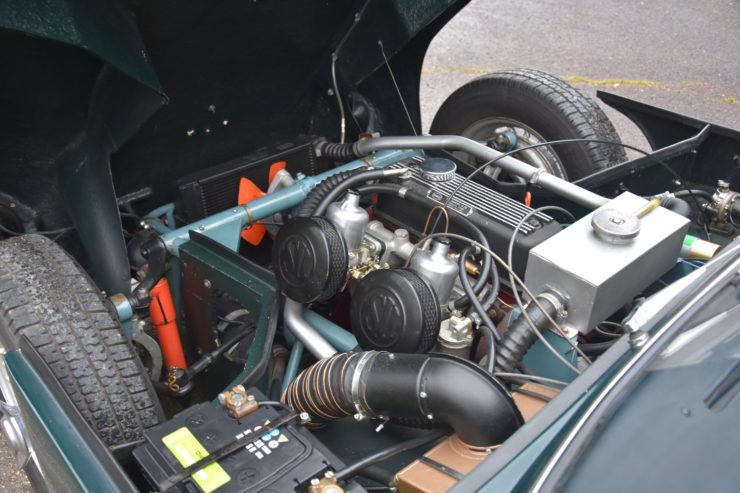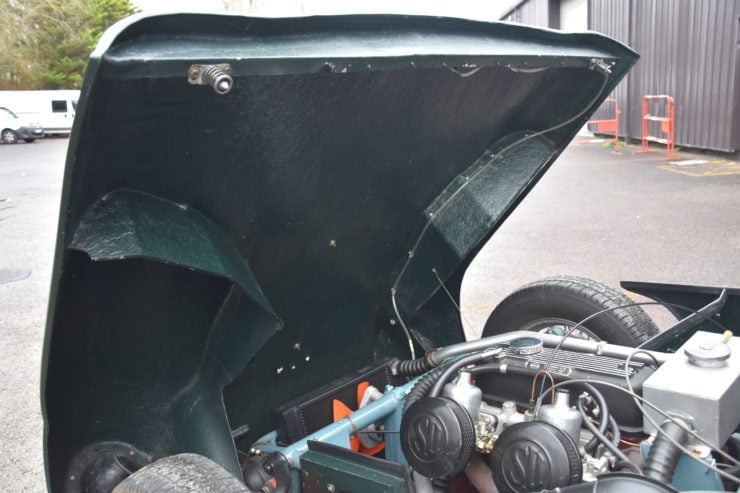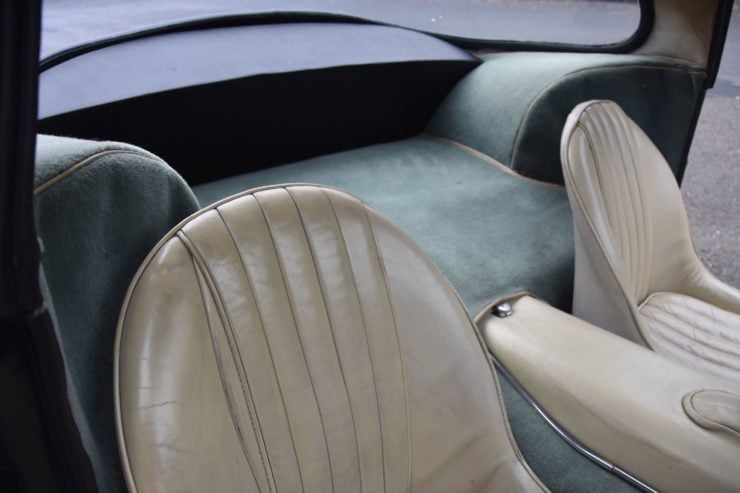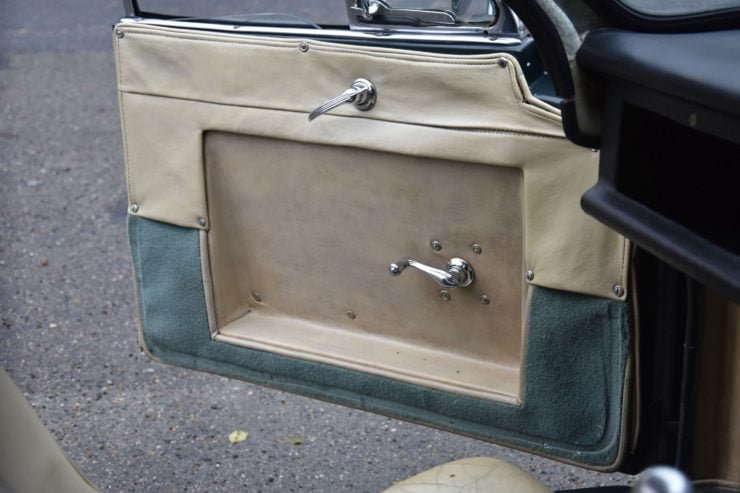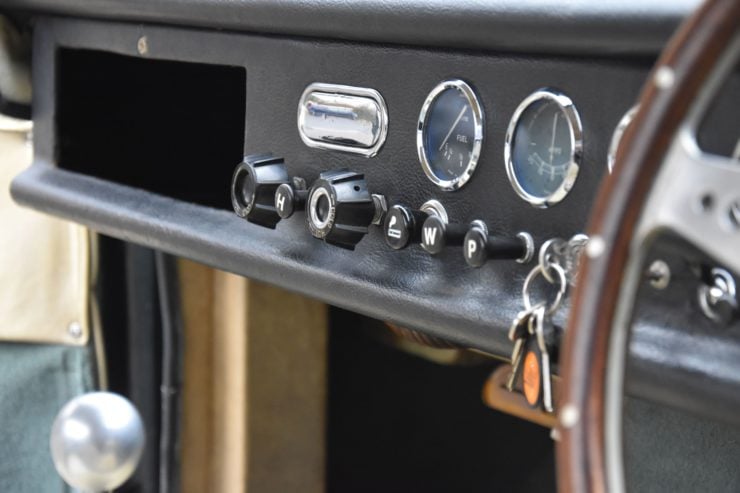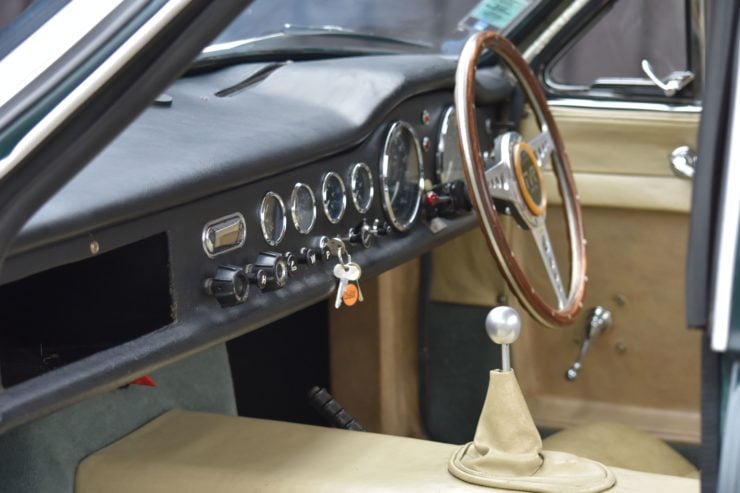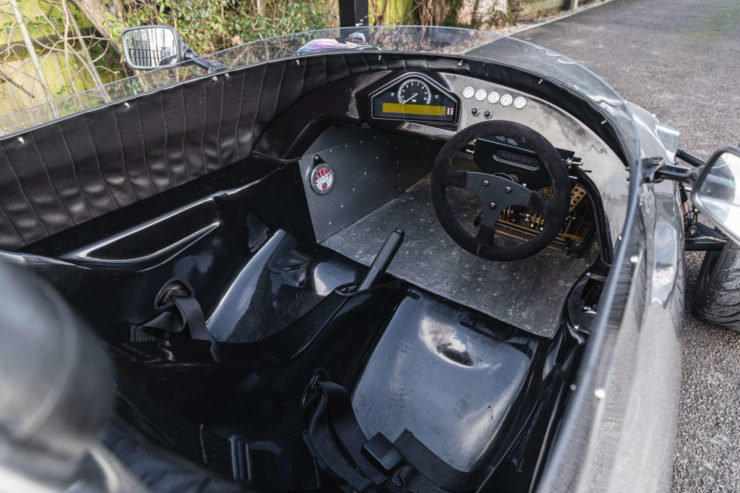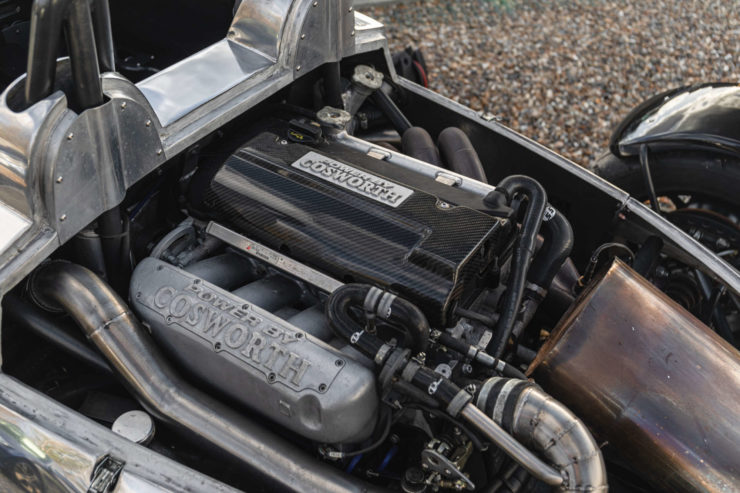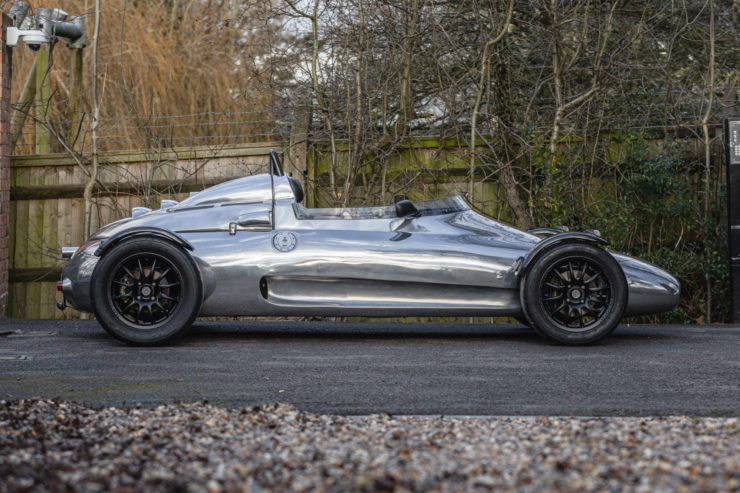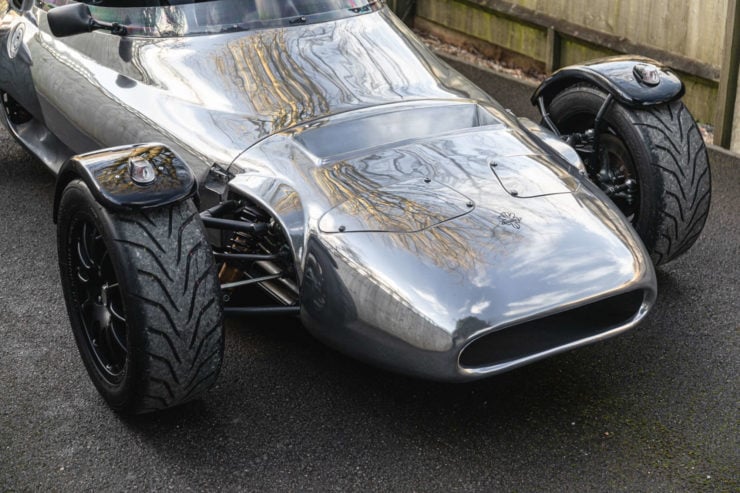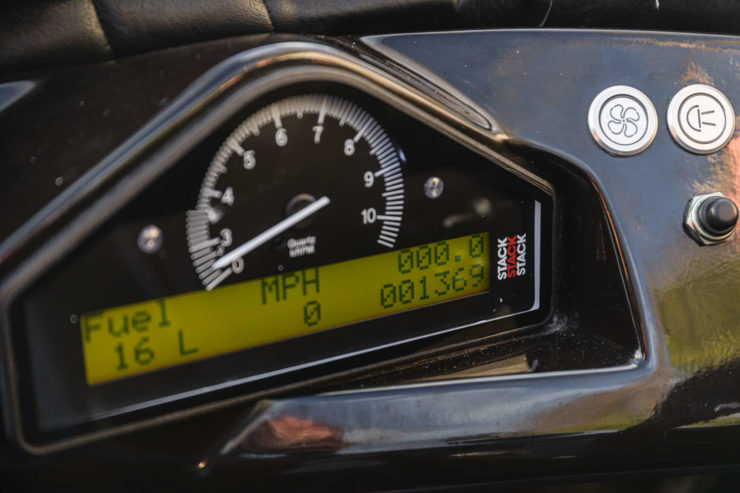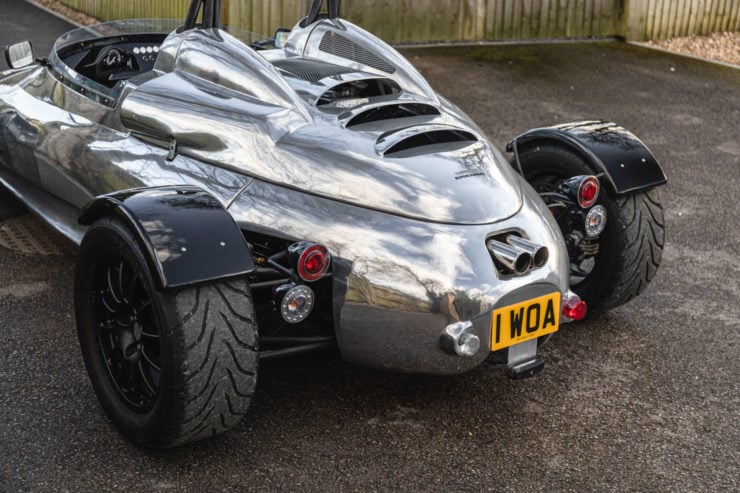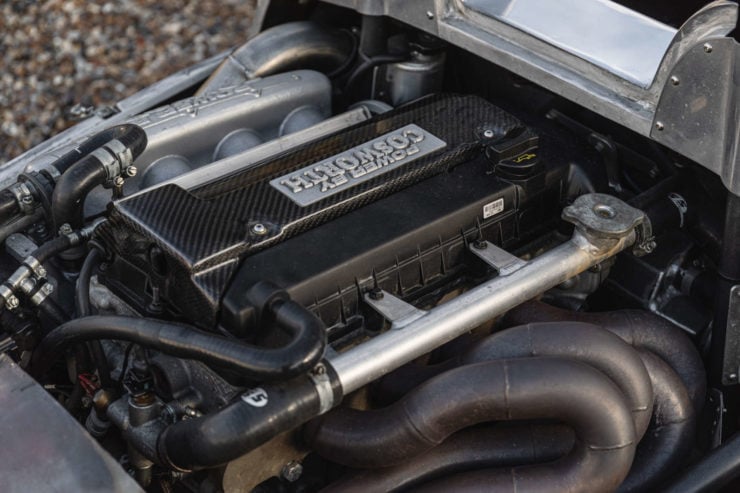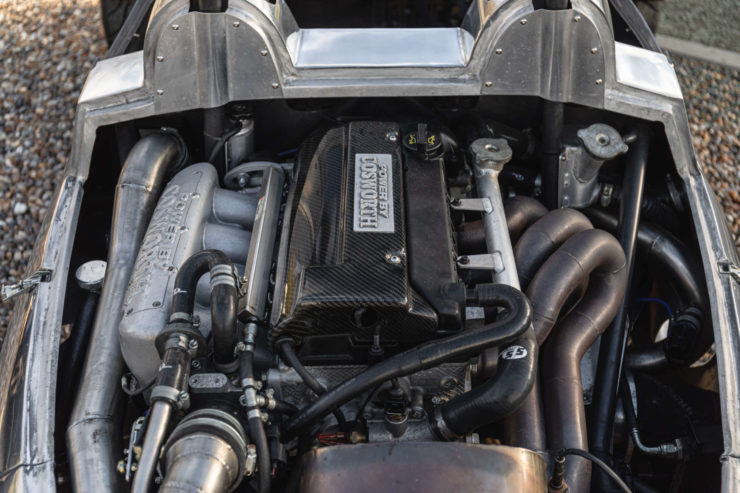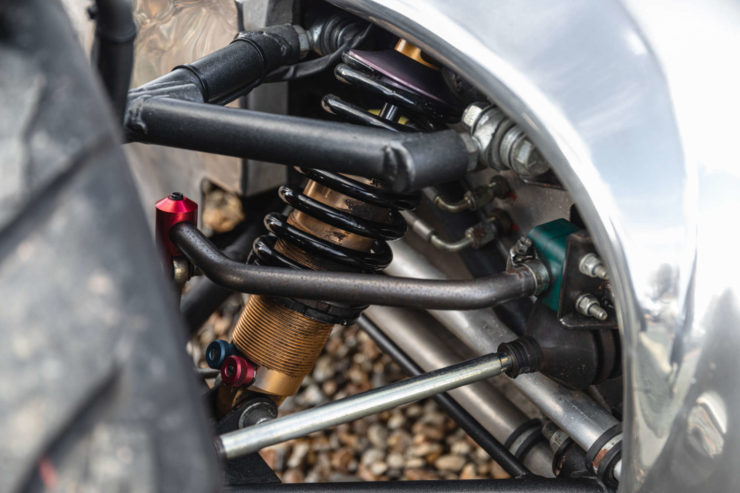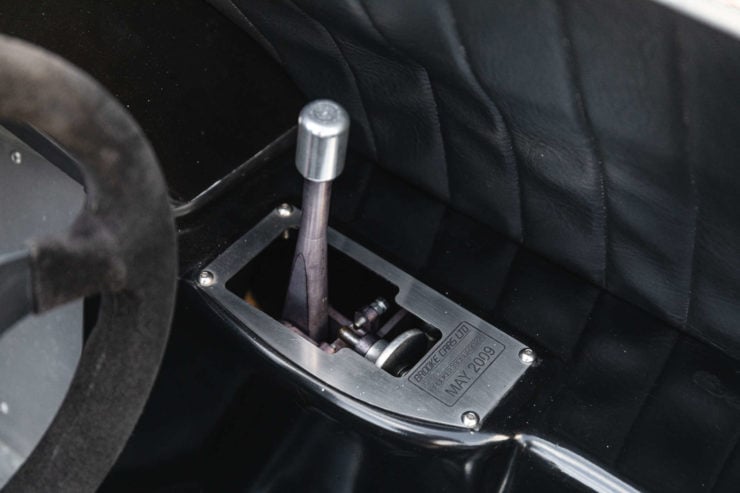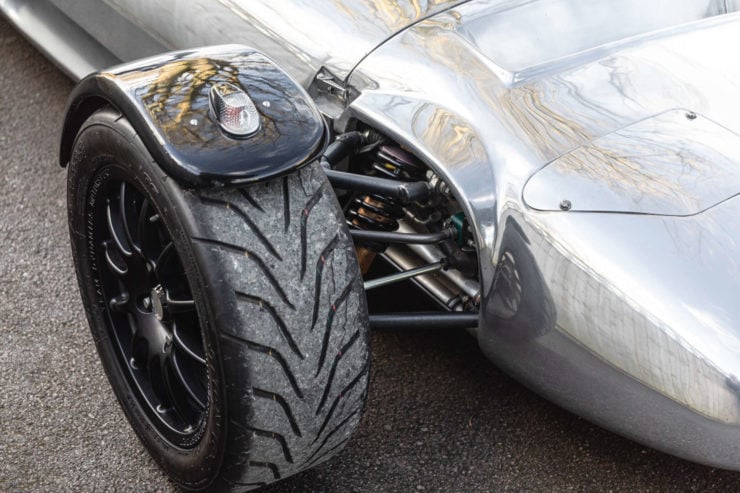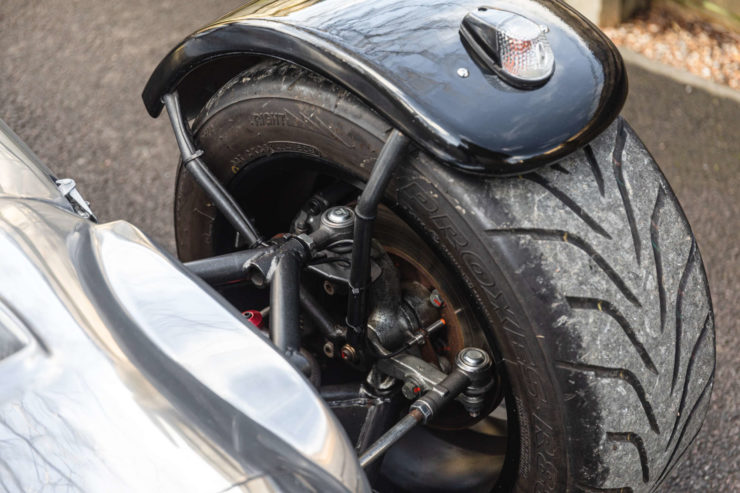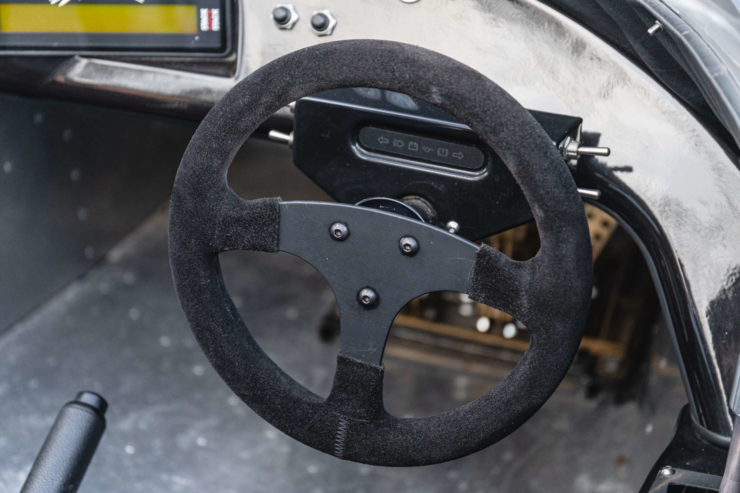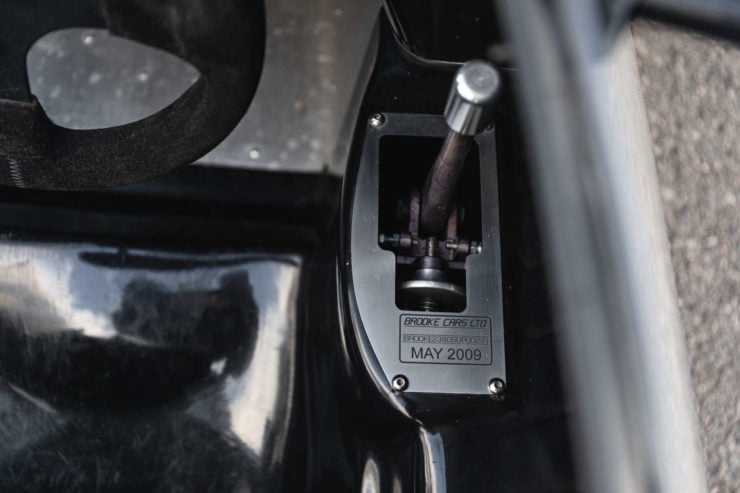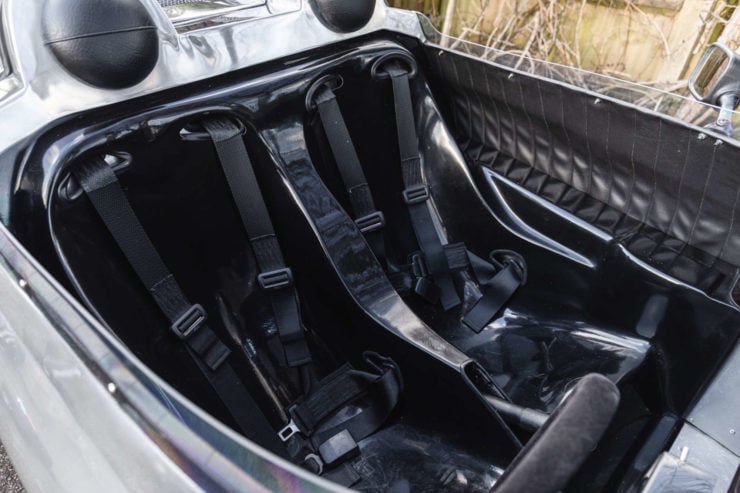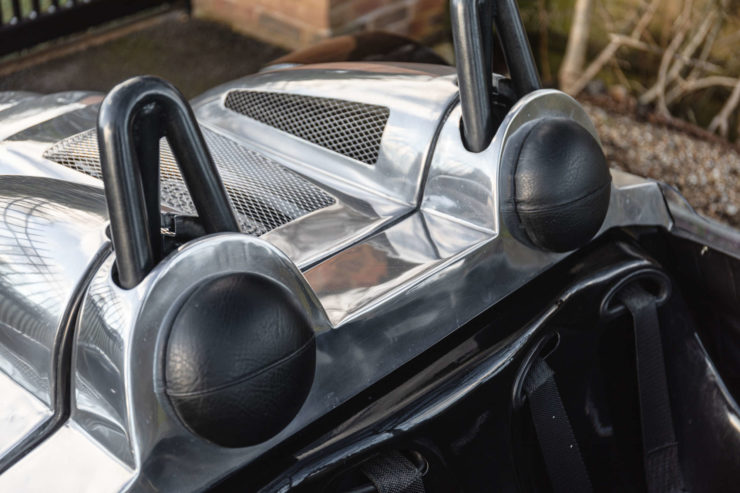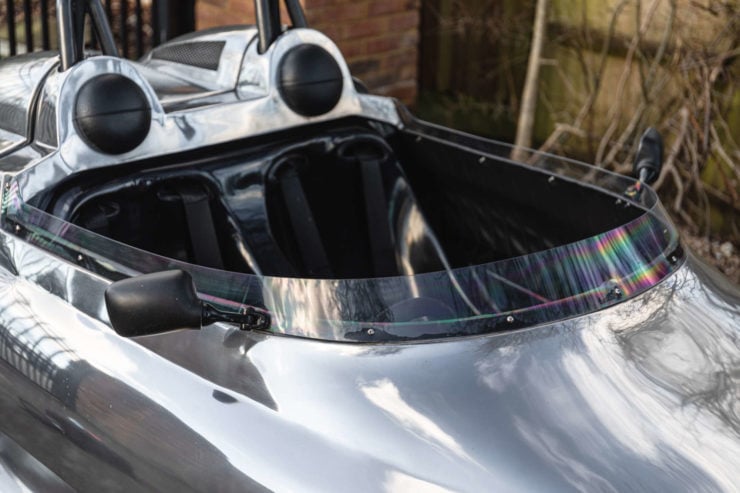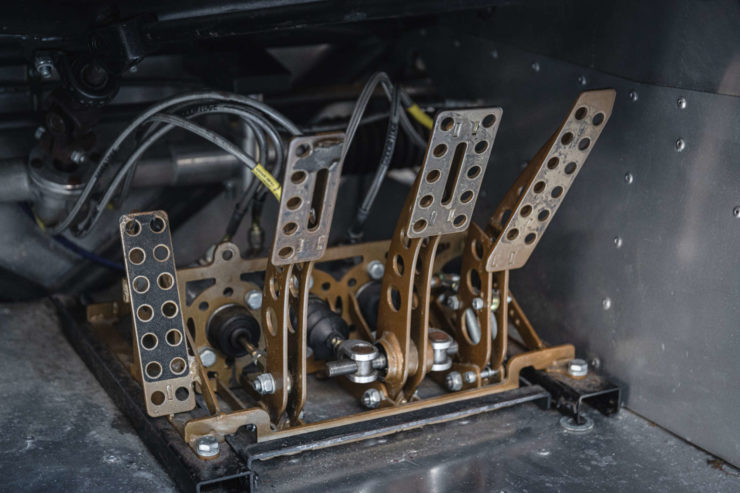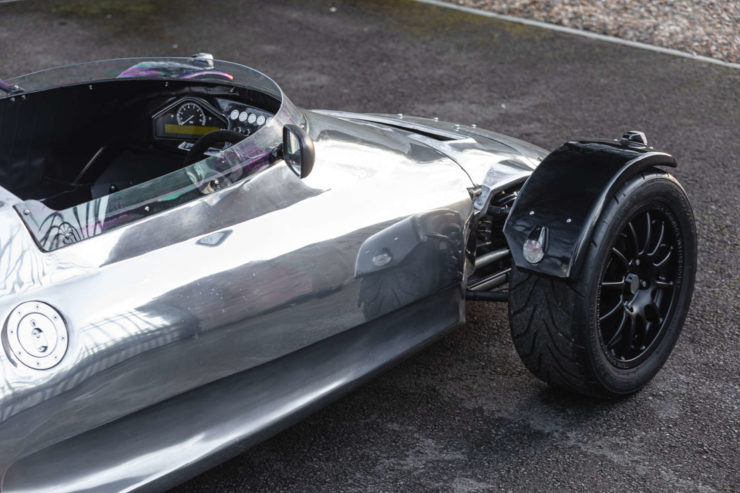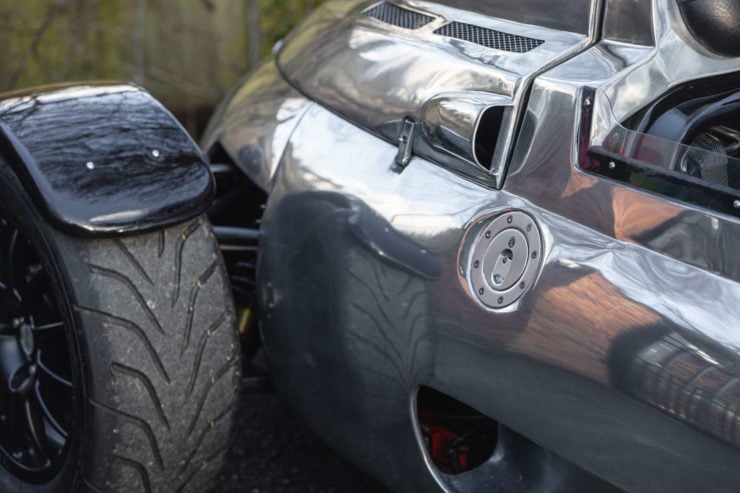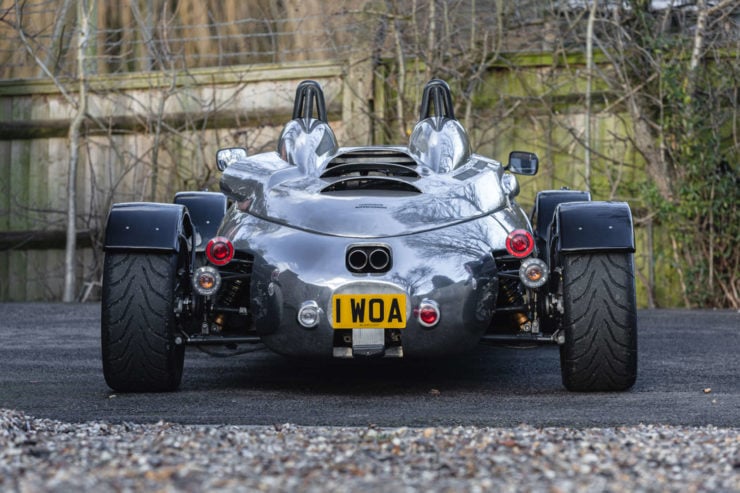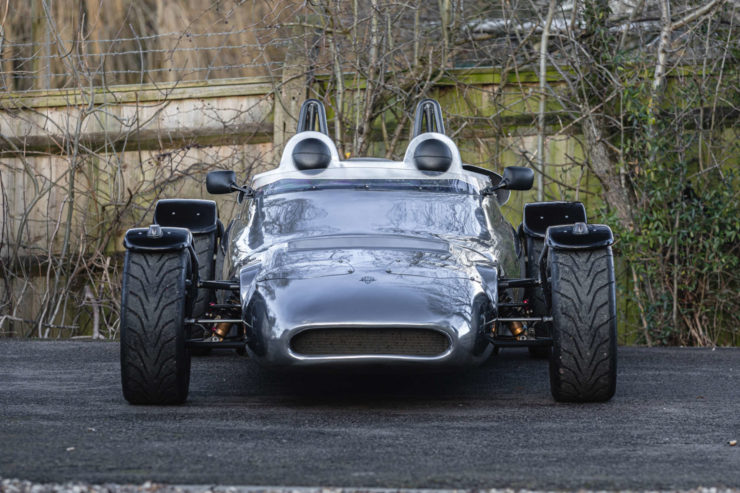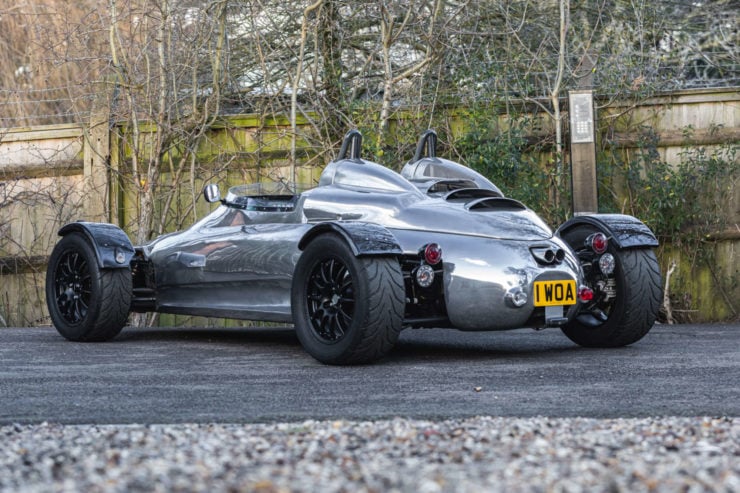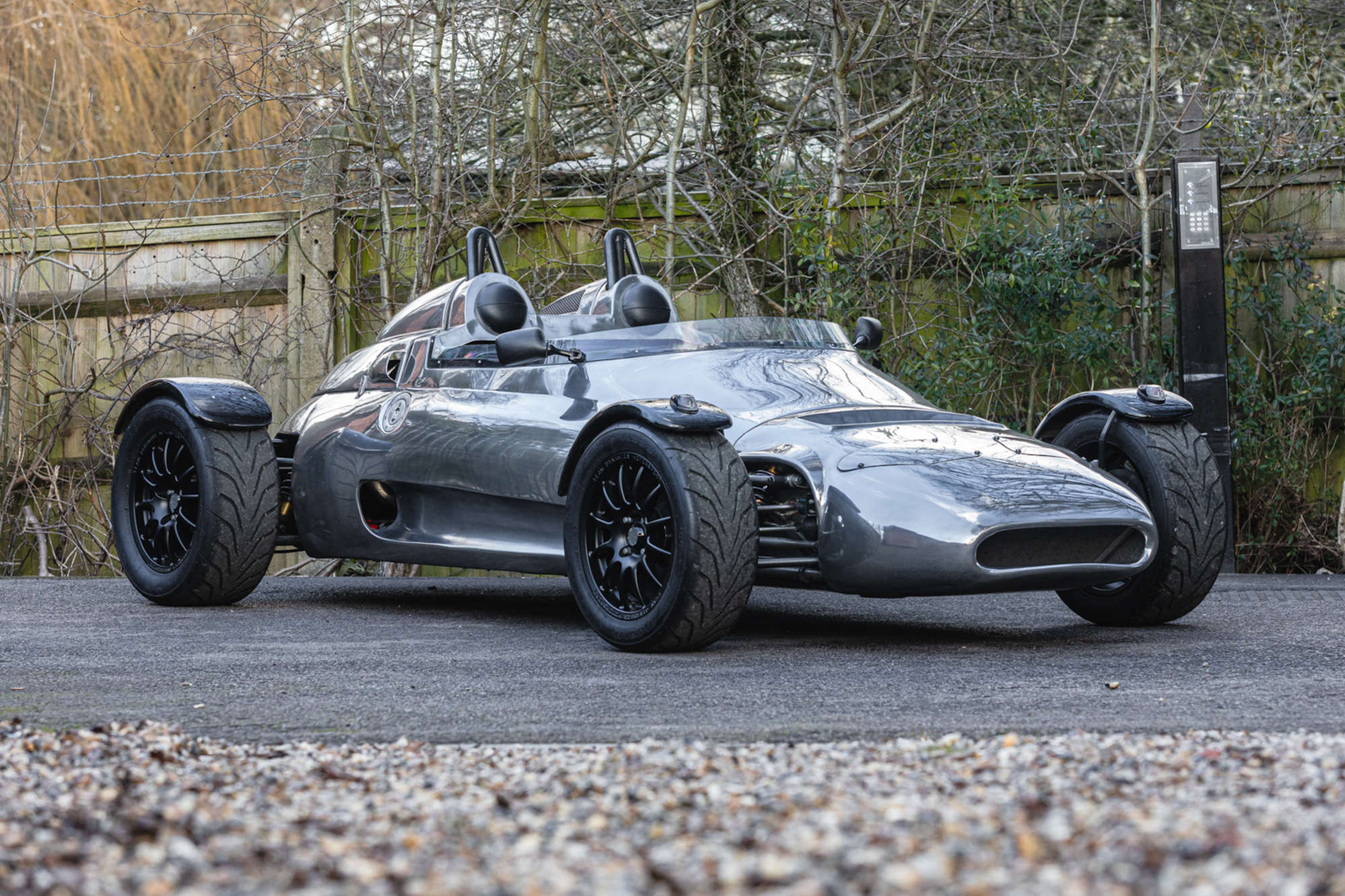This fourth generation Chevrolet Corvette ZR1 is 1 of 25 original “Active Suspension” prototypes. These cars were developed by General Motors in collaboration with Lotus, integrating hydraulically actuated computer-controlled suspension technology from the Lotus Formula 1 Team.
The cost of this project was in excess of $27 million USD and the technology that was developed was never integrated into production Corvettes due to cost – some reports indicate it could have raised the MSRP to over $150,000 USD per vehicle.
Fast Facts – The “Active Suspension” Chevrolet Corvette ZR1
- The “Active Suspension” ZR-1 Corvette was designed to be the first production car with active suspension in history. The computerized hydraulic system was developed from a similar system used by the Lotus F1 team – GM had bought Lotus in 1986 and thus acquired access to their technology.
- The suspension design used a big-pressure hydraulic system linked to a Delco computer that made thousands of calculations each second based on data from sensors recording speed, tire load, steering, throttle, and a number of other factors.
- The 3,000 PSI hydraulic system would shift pressure where needed to all but eliminate body roll and reduce oversteer or understeer.
- Ultimately the Active Suspension program would never make it into production, the technology needed for the sensors and other computerized systems couldn’t be mass-produced for an affordable cost at the time.
Active Suspension: How It Works
Though it sounds complex the fundamentals of the C4 ZR-1 Corvette’s Active Suspension system are relatively to understand – a series of sensors feed data into an onboard computer that then sends hydraulic fluid in very precise amounts to the four hydraulic suspension struts, one at each wheel.
Above Video: This clip from 1987 gives a look into the hydraulically actuated computer-controlled active suspension system that was used on the Lotus 99T Formula 1 car. It would be a variation of this that was developed for the 1990 Corvette ZR-1 – watch till the end to see the Corvette get a mention.
The system allows pressure to be increased on the outside suspension and decreased on the inside suspension when cornering, helping to reduce or eliminate side-to-side body roll. Similarly the system could reduce forward-backward body roll when braking or accelerating.
The system developed by Lotus and GM engineers for the 1990 Corvette ZR-1 was fully functional and highly effective, the downside was that it was very expensive which made it unsuitable for mass-production at the time.
Many of the same GM engineers who worked on this active suspension system would later develop the Active Handling system used from 1996 onwards. By the early 2000s the technology had advanced even further and GM introduced Magnetic Selective Ride Control on the 2003 Corvette.
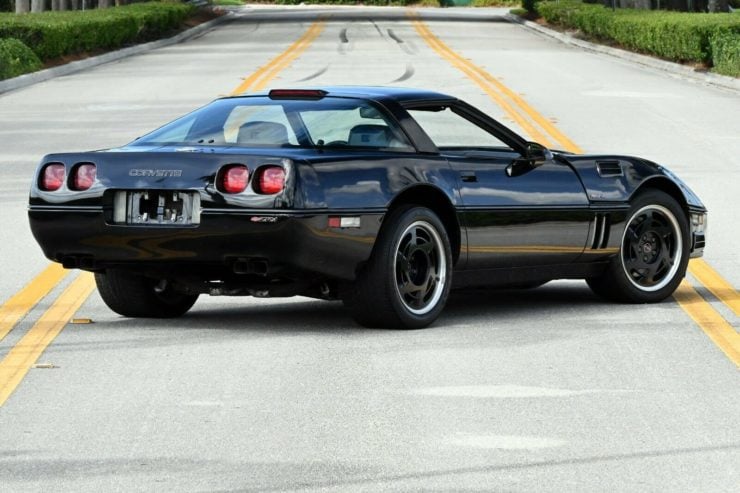
From the outside there are no indications that this is the rarest of the ZR-1 Corvettes – some believe that of the 25 original Active Suspension prototypes just two have survived.
The Active Suspension Corvette Prototypes
In the late 1990s GM was benefiting significantly from its acquisition of Lotus in 1986. Lotus was (and still is) a world leader in the field of handling and vehicle dynamics, and they had developed the LT5 V8 engine for GM – an advanced all-alloy V8 with double overhead cams per bank and 375 bhp.
While Lotus’ work on the LT5 is very well known in Corvette circles, their development of what would have been the first active suspension system on a production car for the 1990 ZR-1 is known by far fewer people.
Had the system been put into full production it would have been a major coup for Chevrolet and GM as a whole, beating the exotic supercar builders from Europe at their own game. It’s clear that GM executive believed in the project – enough to invest over $27 million dollars and set aside 25 ZR-1 Corvettes for it.
Very few, some say only two, of these original prototypes still exist today, and they’re highly sought after by collectors due to their historical significance.
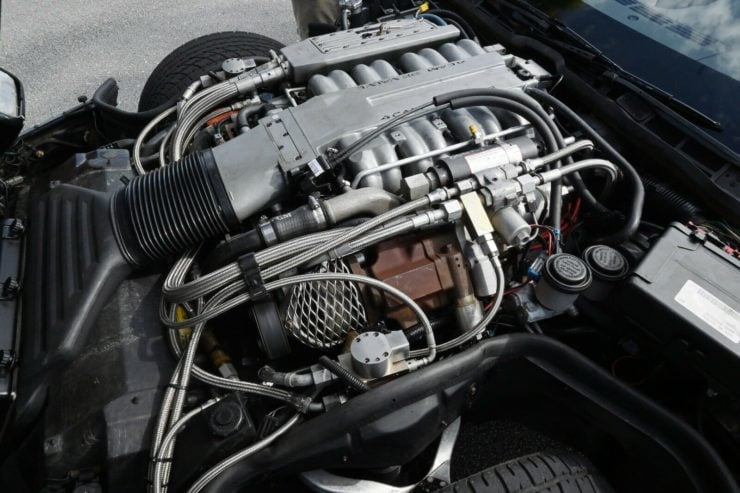
This is the Lotus-developed LT5 V8, these engines were actually build by Mercury Marine. You can see the additional hydraulic systems on the left side of the engine, along with the associated hydraulic lines.
The 1990 Corvette “Active Suspension” Prototype Shown Here
The car you see here is one of the few original prototypes to have survived, this is largely due to the fact that it spend years on display in the GM Heritage Museum followed by the Corvette Museum.
Remarkably the car is now for sale on eBay of all places, the owner explains that it has 12,000+ miles on the odometer almost entirely from its original testing program with GM.
Under the hood (picture above) you can see some of the hydraulic system and its lines, and inside the car in the center console there’s a panel referencing the Active Suspension system, but it’s unclear if it can be switched on and off.
It’s described as being fully-fuctional and it’ll be up to the new owner whether they drive it, put it on display, or keep it tucked away in a private collection.
The Buy It Now price is $89,500 USD and you can click here if you’d like to read more about it or make the seller an offer.
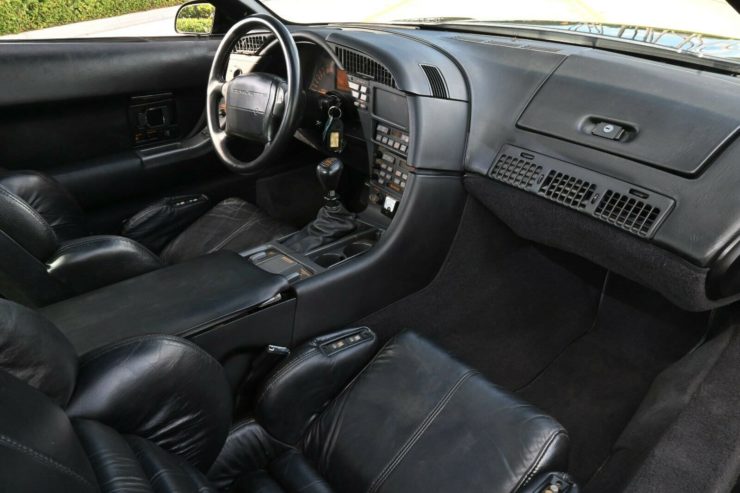
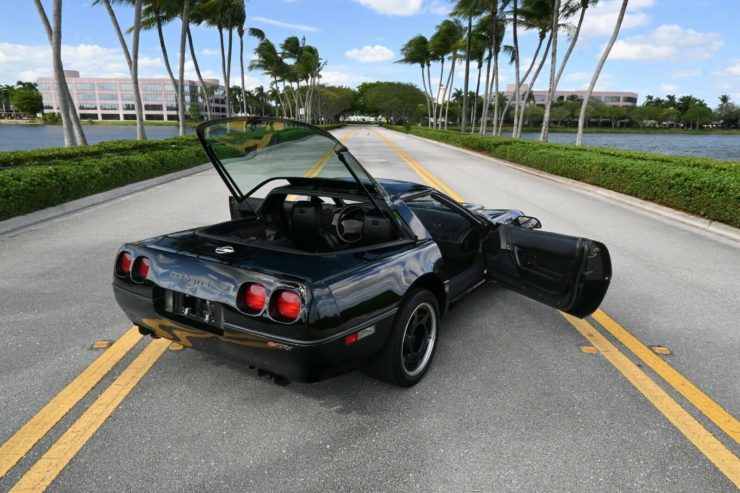
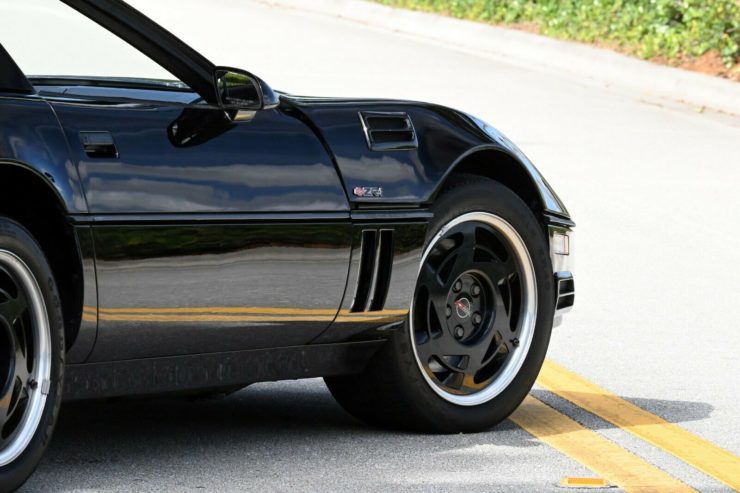
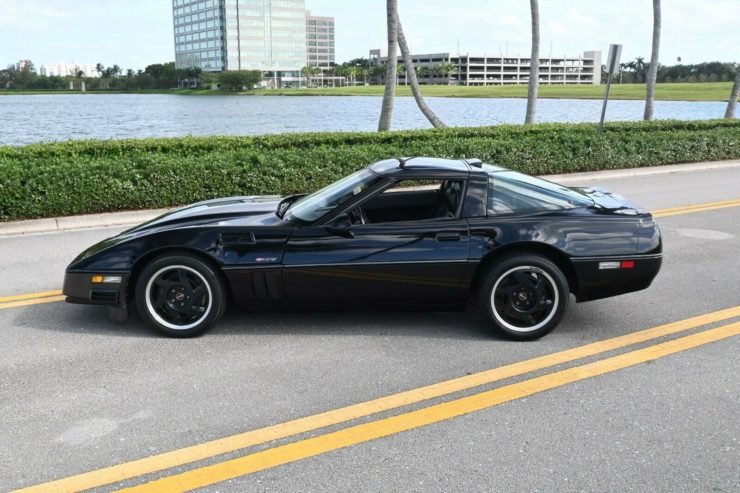
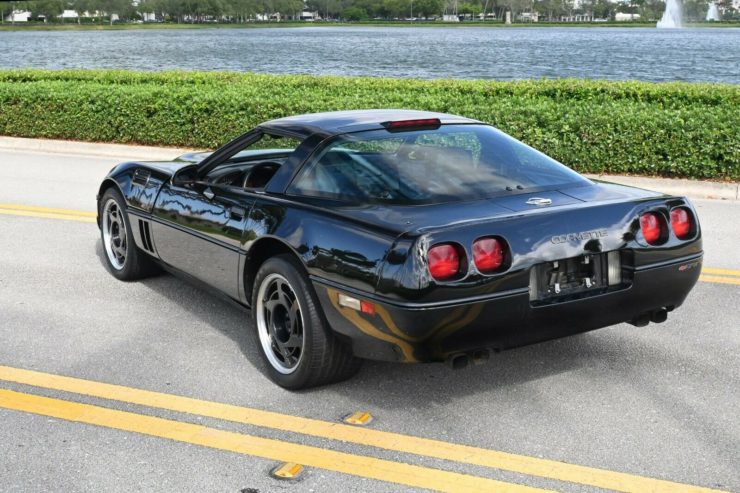
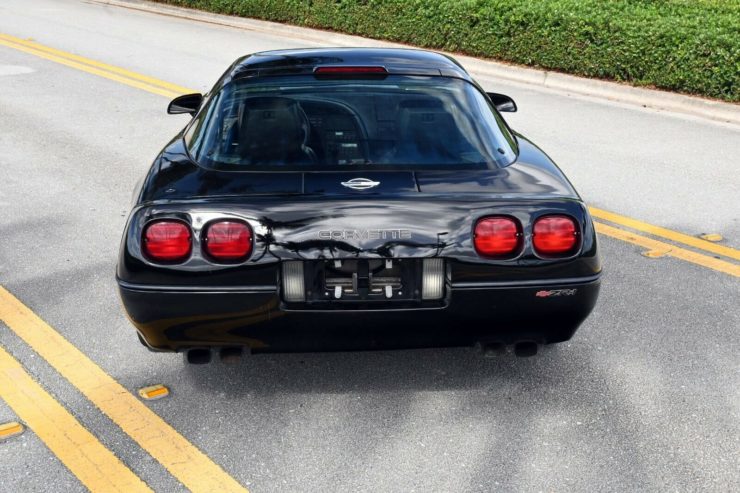
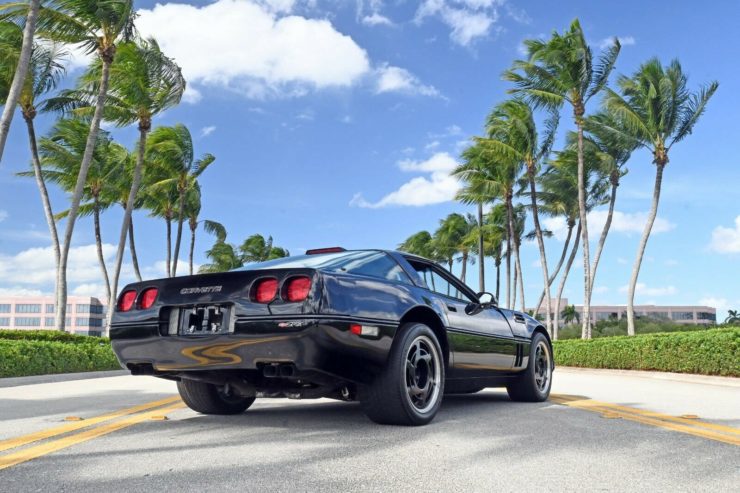
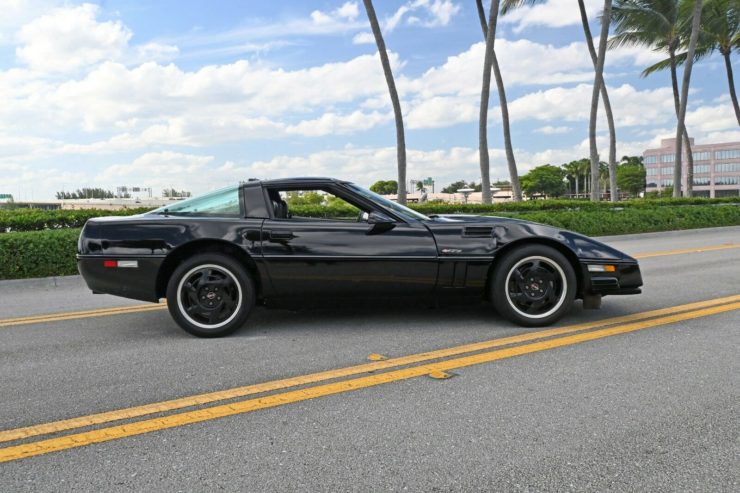
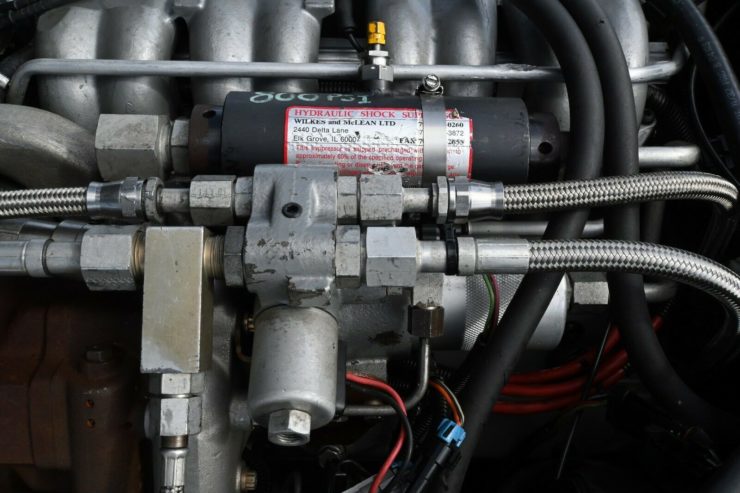
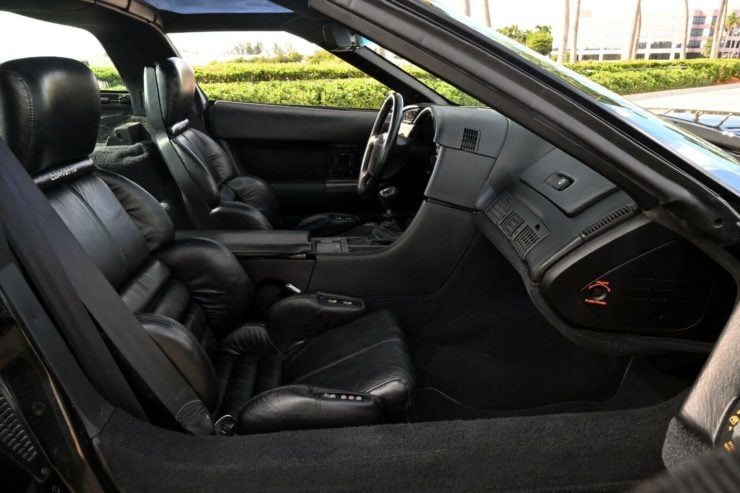
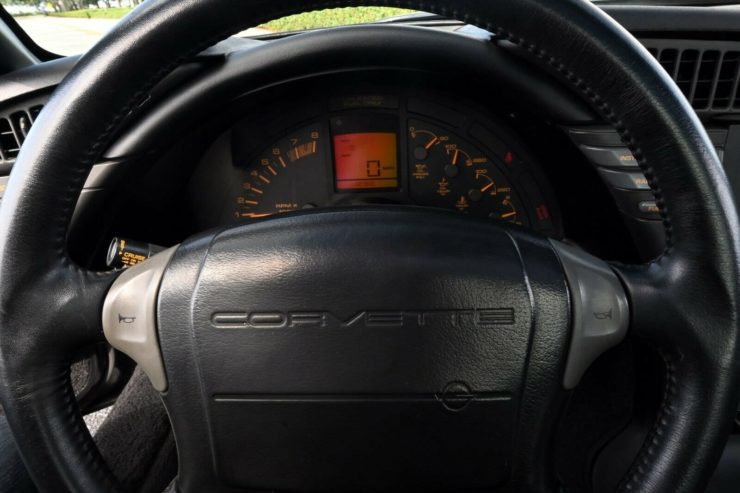

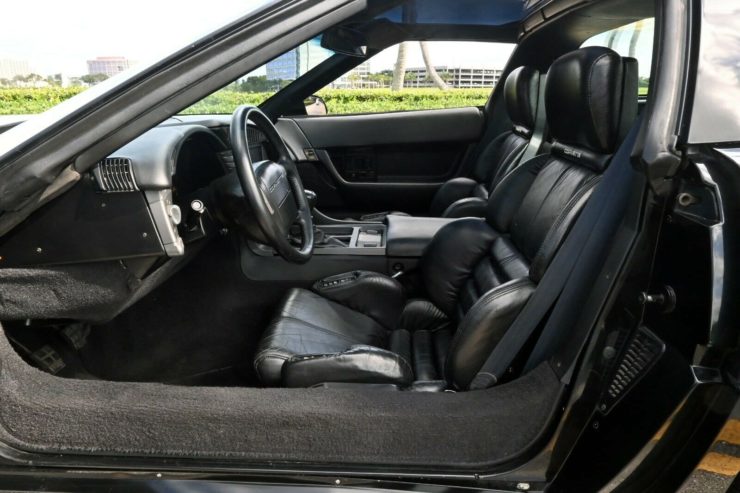
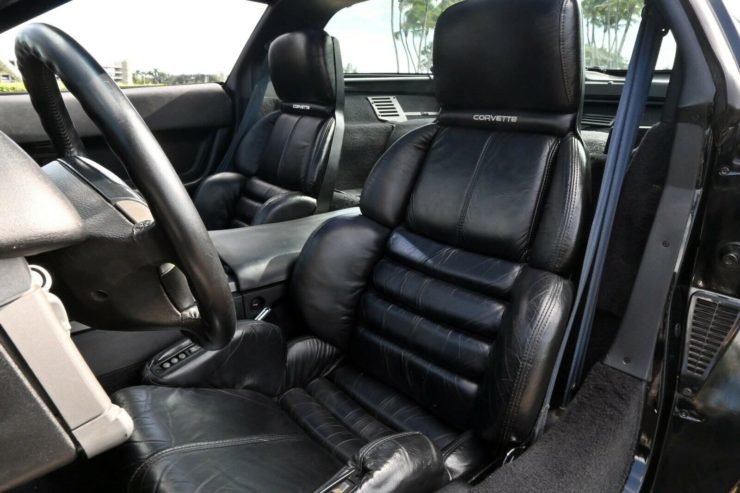
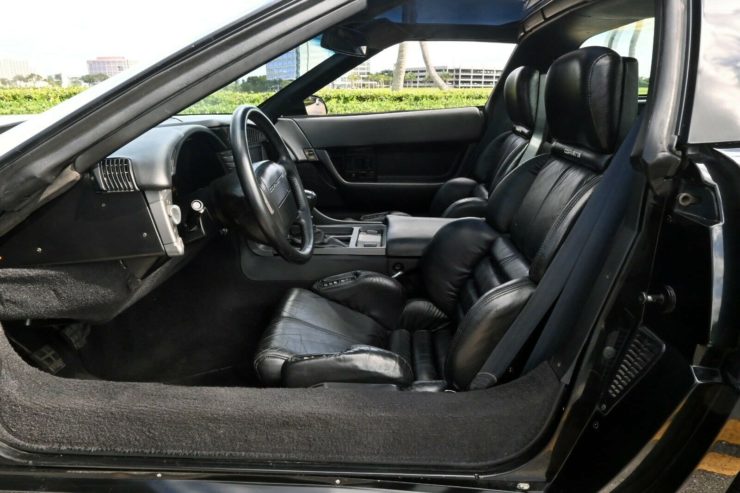
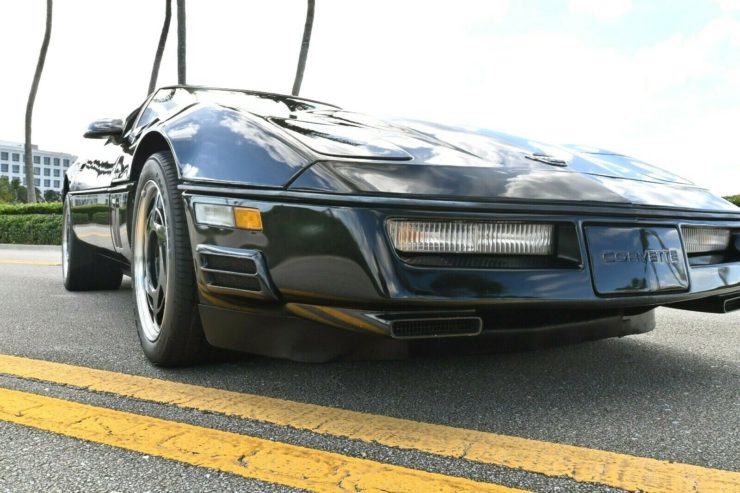
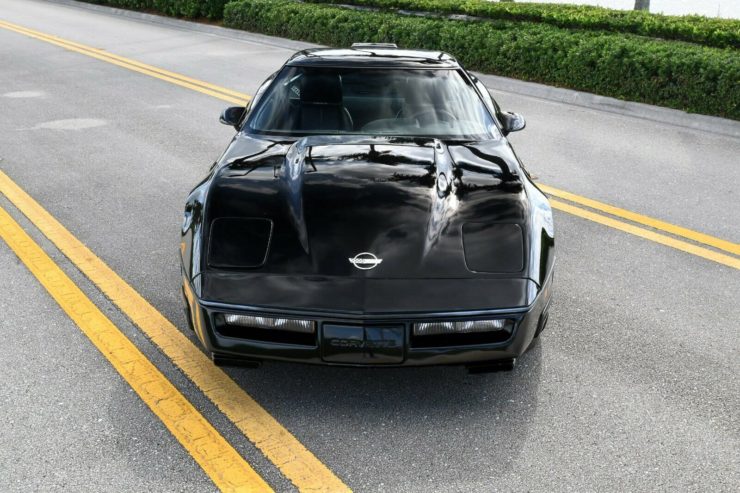
Images courtesy of RMC Miami
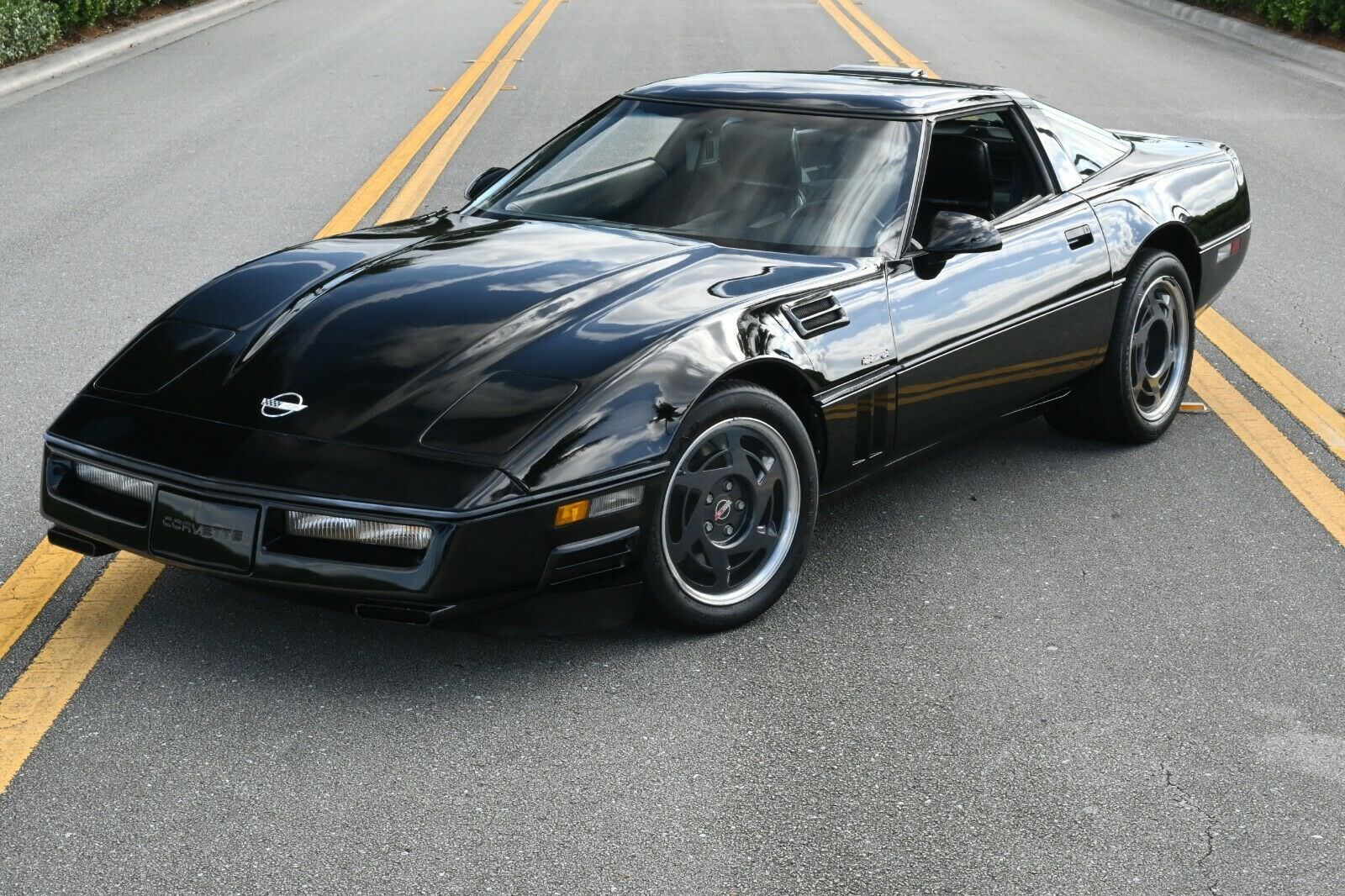
The post For Sale On eBay: An “Active Suspension” Prototype Corvette ZR-1 From The $27 Million Factory Program appeared first on Silodrome.
from Silodrome https://silodrome.com/active-suspension-prototype-chevrolet-corvette-zr1/
via gqrds
